From Andy Kirk, there’s a new visualization podcast in town:
Explore Explain is a new data visualisation podcast and video series. Each episode is based on a conversation with visualisation designers to explore the design story behind a single visualisation, or series of related works. The conversations provide an opportunity to explain their design process and to share insight on the myriad little decisions that underpin the finished works. It also shines a light on the contextual circumstances that shaped their thinking.
Audiences will gain an appreciation of the what, the why and the how, learning about the hidden problems and challenges, the breakthroughs and the eureka moments, the pressures and frustrations, the things that were done and the things that were not done, as well as the successes and the failures.
My main podcast-listening mode was while driving, so I’m way behind, but this sounds promising. It’s right in line with Kirk’s Little of Visualization Design blog project.

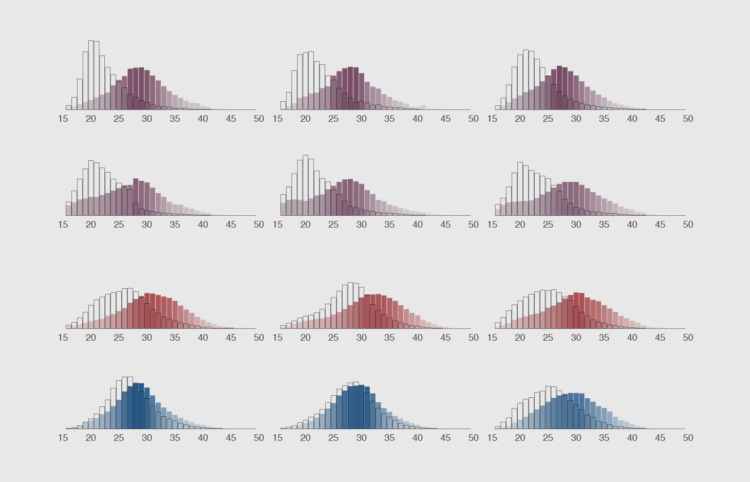
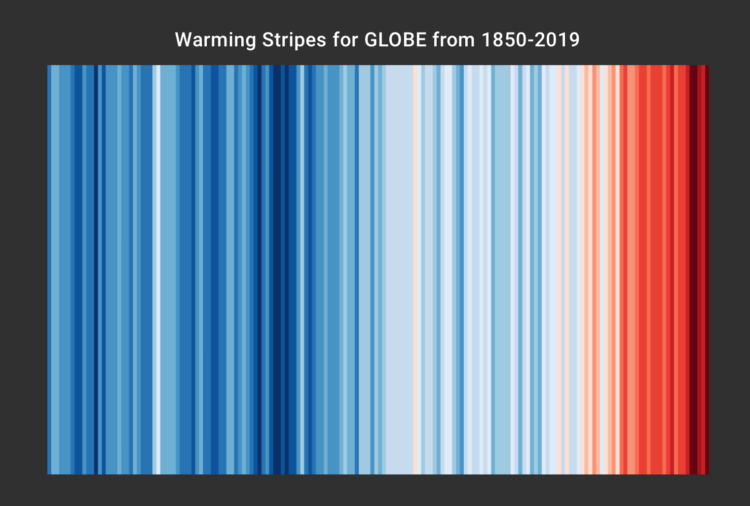
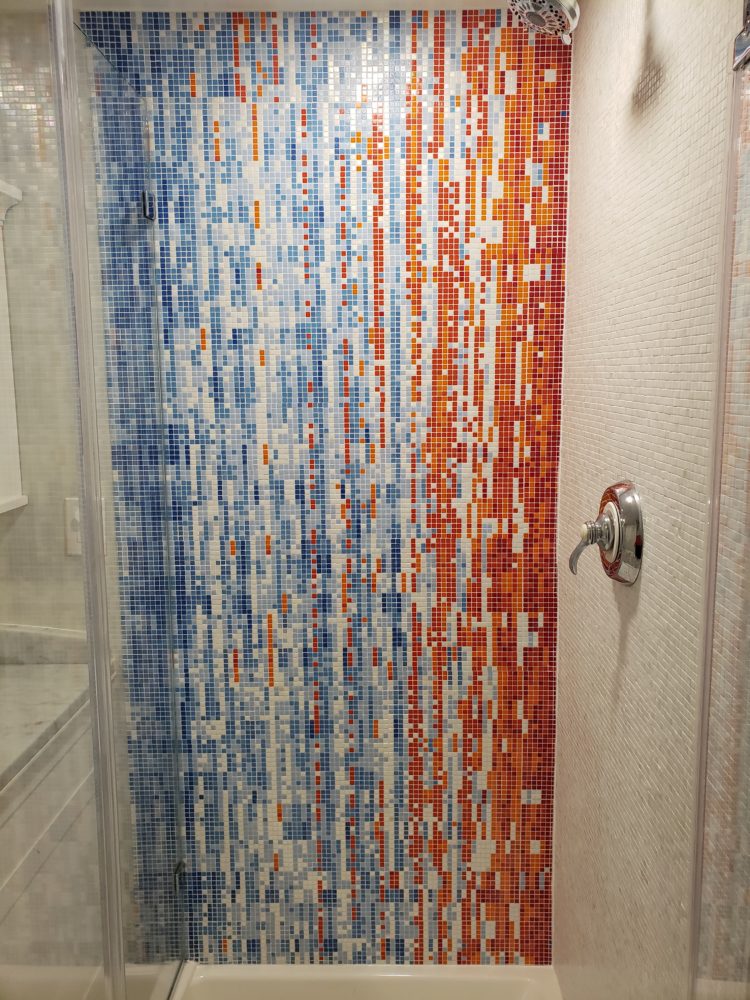
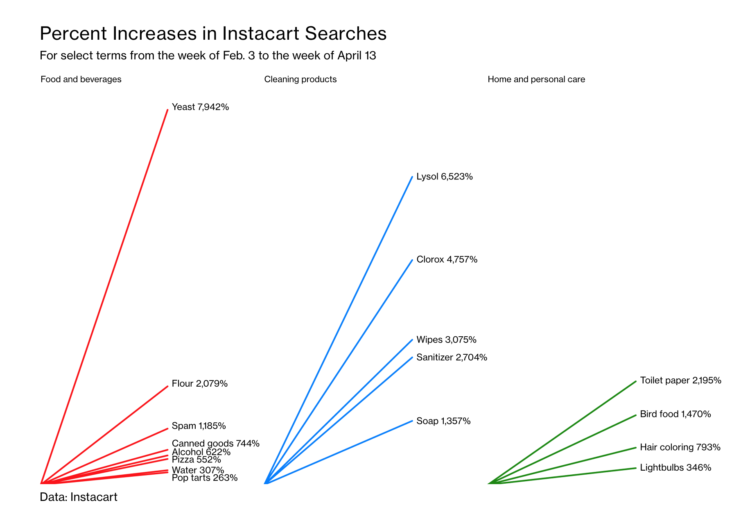
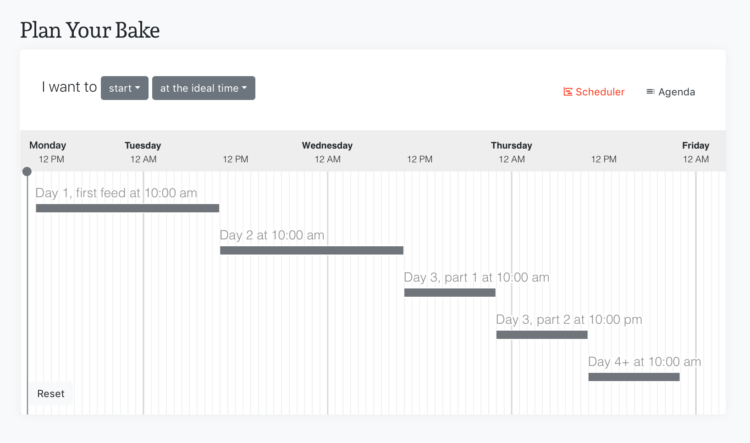
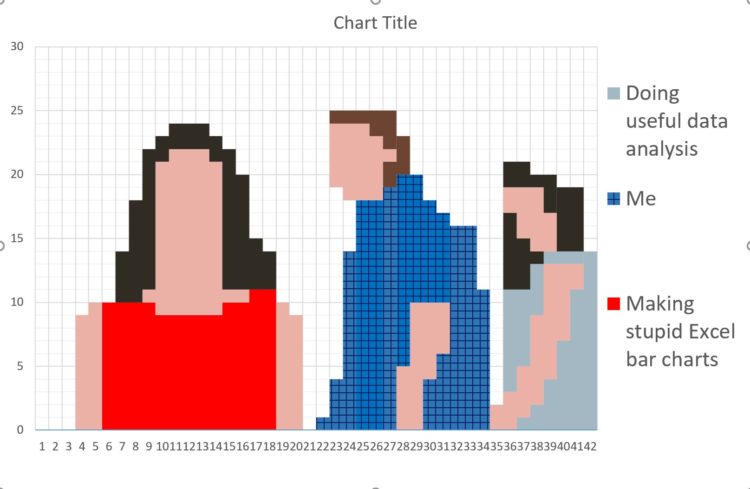
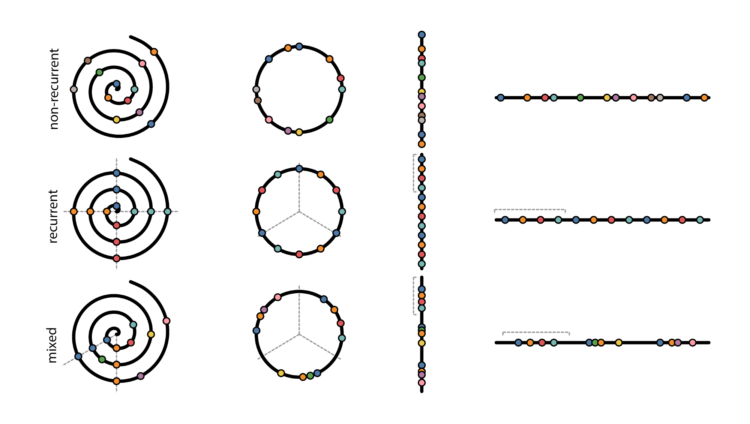
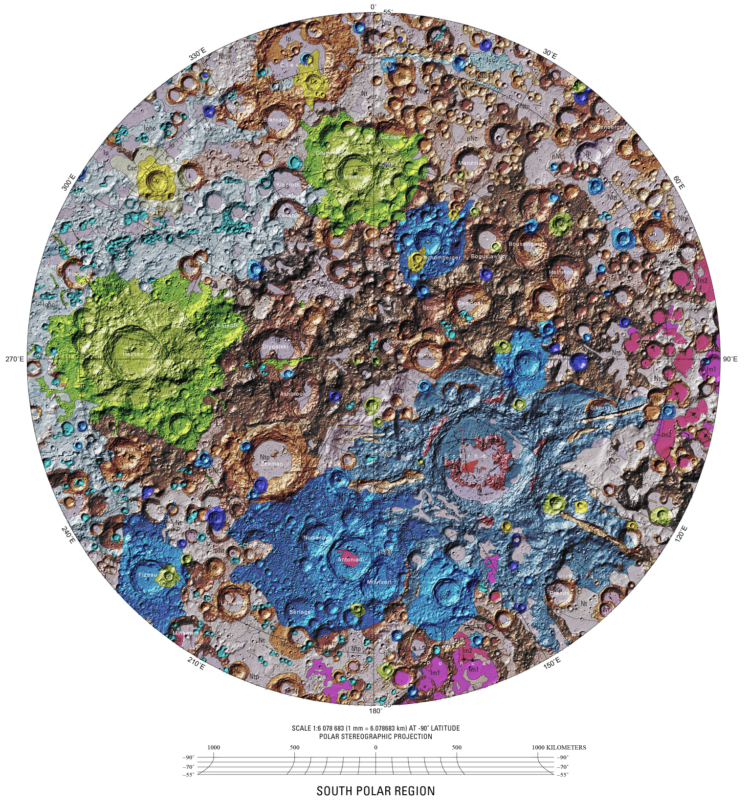
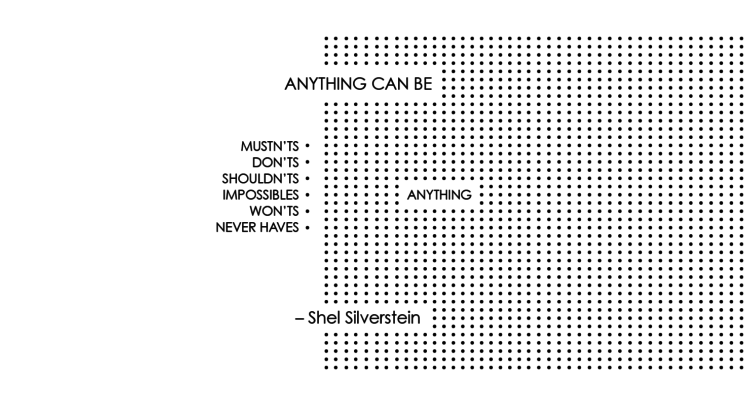
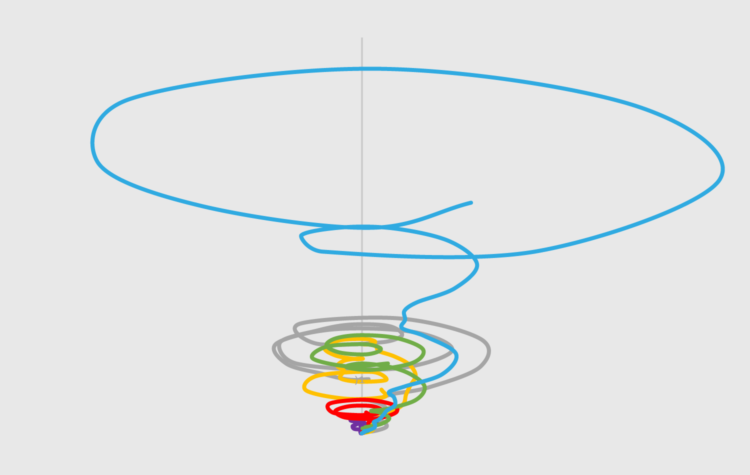
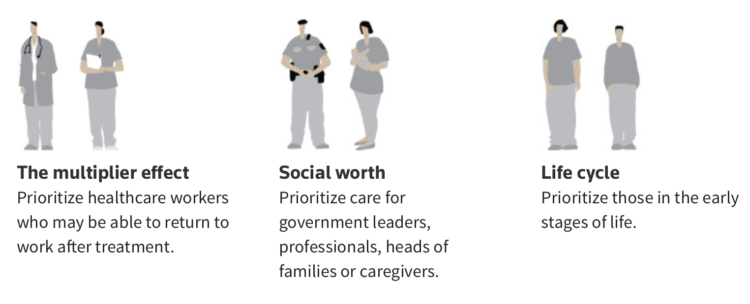

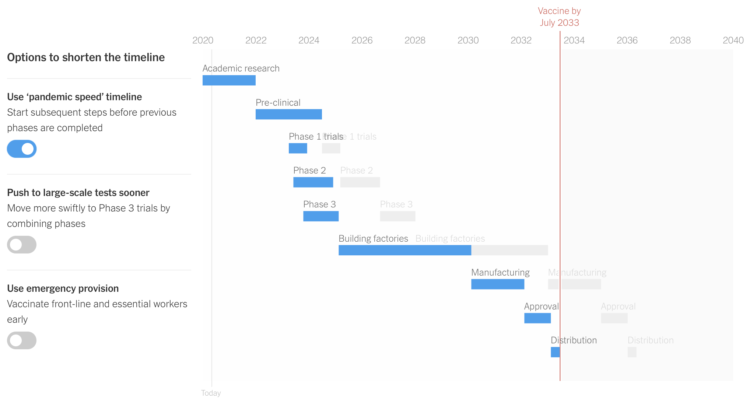
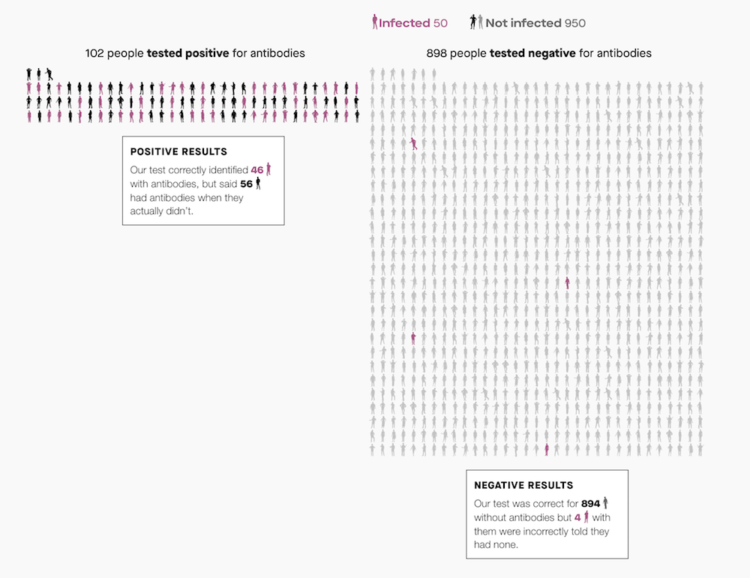
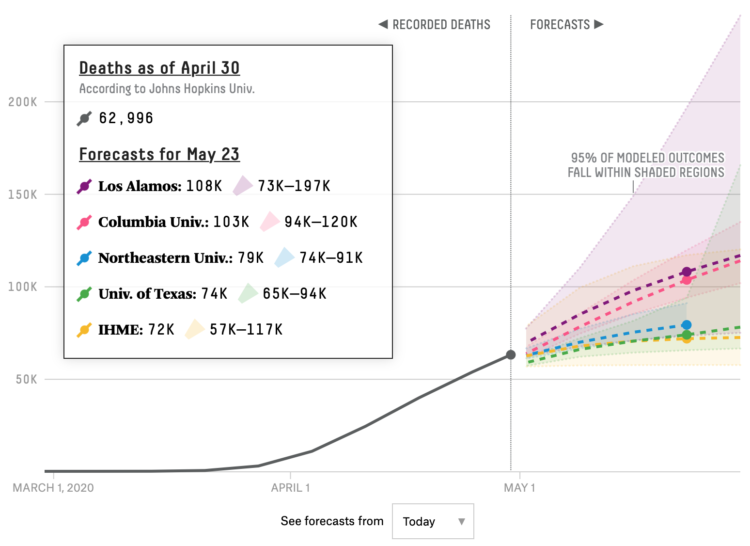
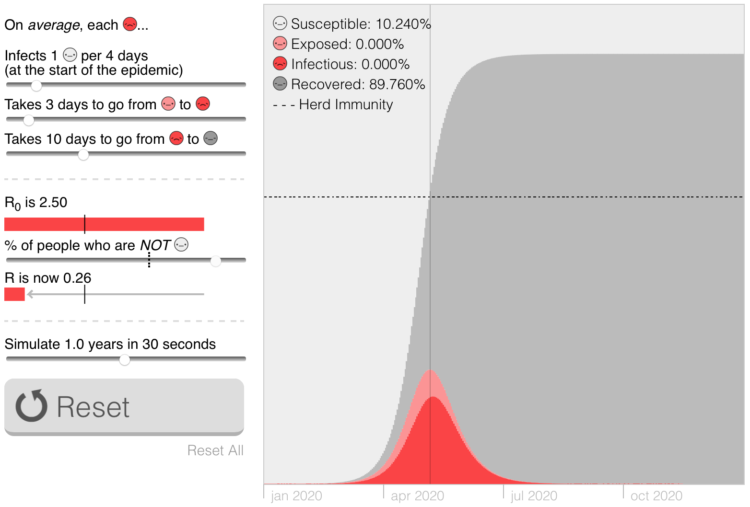
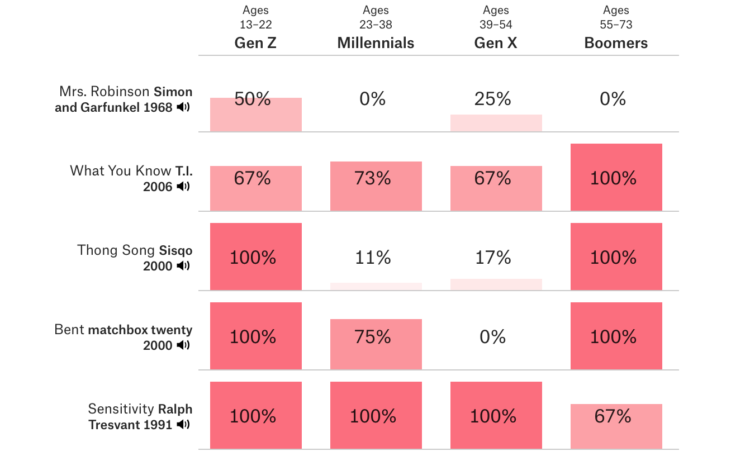
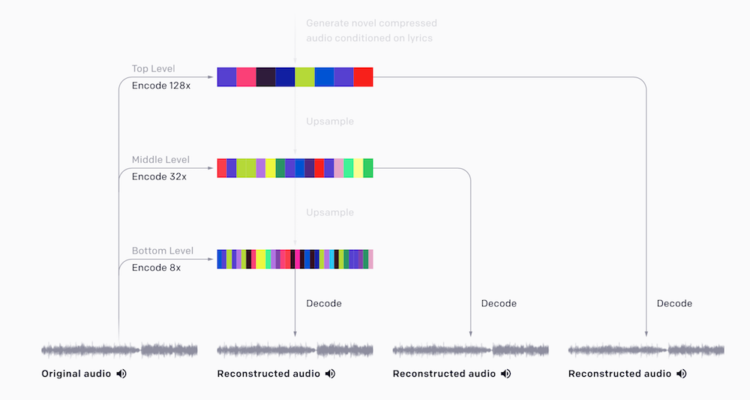
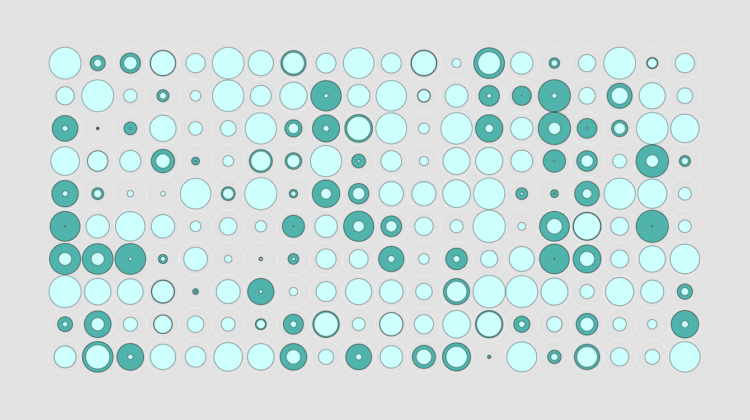
 Visualize This: The FlowingData Guide to Design, Visualization, and Statistics (2nd Edition)
Visualize This: The FlowingData Guide to Design, Visualization, and Statistics (2nd Edition)










